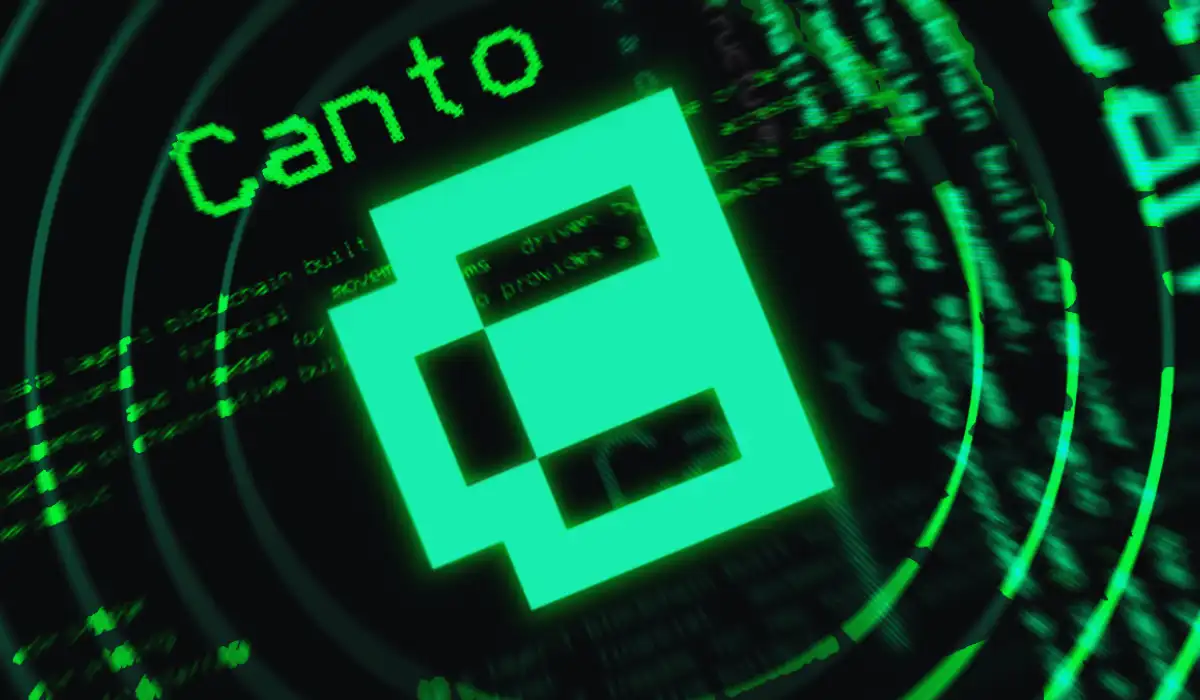Canto is a layer 1 blockchain specially designed to help developers create decentralized applications and smart contracts. This powerful and innovative blockchain promises that the DeFI systems will be accessible, decentralized, and completely transparent. Like Ethereum, the Canto blockchain also operates on proof-of-stake mechanisms, which makes it much more efficient and environmentally friendly. The major initiative behind the Canto blockchain is to enhance and expand the decentralized finance (DeFi) ecosystem.
Scott Lewis, the co-founder of leading crypto contributors like DeFi Pulse and Slingshot Crypto is also the founding figure behind Canto blockchain. As there is a rapid growth of blockchain technologies with its innovative features, the Canto blockchain is the latest and most promising addition to the blockchain ecosystem. Free Public Infrastructure (FPI) is an initiative to make the DeFi system completely free for the public to use. The Canto blockchain runs on the premises of FPI thus making its goals even clearer. Canto offers its support to FPI eliminating all the incentives of centralized platforms.
Canto does not have a proper foundation like other layer 1 blockchains like Bitcoin and Ethereum. They also do not provide any governance tokens usually offered by DeFi protocols.
How does Canto Blockchain work?

Canto blockchain is inspired by DeFi systems and thrives to provide free liquidity fees for the users. It is built on the Cosmos software development kit and runs on the Tendermint consensus mechanism. It is compatible with the Ethereum Virtual Machines (EVM) that allows the developers to easily deploy their existing smart contracts and decentralized applications from Ethereum to the Cnato blockchain.
The developing team behind the Canto project has identified three primitives for creating efficient and healthy DeFi landscapes. These three core primitives are launched as public utility protocols. These are completely different from the protocols of the DeFi systems. Even though Canto aims to become a DeFi-driven system, its main focus lies on public access and the abolition of rent extractions. The blockchain provides public access to its protocols, unlike the DeFi systems.
Unlike DeFi systems, Canto DEX is unable to provide any governance tokens that can utilized for blockchain voting rights. Even though the blockchain is ungoverned, the Canto lending market is governed by stakers who completely focus on the expansion and growth of the DeFi ecosystem. The initial developers have created the resources and other important content for Canto and there is the foundational team behind the blockchain for promoting it. Thereby anyone can create the content and social channels for the blockchain.
Three primitives of Canto blockchain
Canto DEX: Canto DEX refers to Canto decentralized exchanges that are built on the Canto blockchain. Canto DEX mainly focuses on implementing one of the major goals of the blockchain which is the elimination of rent extractions. Rent extractions are common in DeFi ecosystems that involve when a platform or entity tries to gain profits without contributing any reciprocal value. Canto DEX takes the initiative to prevent such activities and improve the DeFi ecosystem.
Canto Lending Market (CLM): As mentioned earlier, the Canto Lending Market is governed by stakers. The governing decisions taken by them are completely based on the development and enhancement of the DeFi ecosystem. The Canto Lending Market exists similarly to Ethereum’s Aave. CLM accepts liquid tokes from Canto DEX to be used as collateral. The collateral can be then used in the lending market for supply. It is also important to note that the users cannot borrow LP tokens from the lending market.
The Native Unit of Account (NOTE): NOTE is the standardized monetary unit of Canto. It serves the same purpose as dollars or any other currency that is used in real-world economic systems for pricing goods and services. NOTE is not minted on the blockchain like other tokens. The Accountant is in charge of implementing an algorithmic interest rate policy on NOTE through Canto Lending Market. The major goal of NOTE is to ensure public utility. A small portion of the interest rates generated on the NOTE gets transferred to the community treasury and these funds will be used to buy public goods for the Canto ecosystem.
What are Canto tokens?
Canto tokens are the native cryptocurrency formed on the Canto blockchain. As these tokens are minted on the Canto blockchain, they are distributed as rewards to the validators. It can used to cover the gas fees on the network and for staking purposes in return for LP tokens and voting rights. Canto tokens maintain an inflation rate and these tokens are distributed equally among the stakers of the Canto community.
Conclusion
Canto blockchain was created with great ambitions and ideas to help developers and bring out significant changes in the DeFi ecosystem. The Canto blockchain thrives to make the DeFi systems more accessible and transparent to the public. Considering the major goals of Canto, it seems to offer a healthy investment opportunity in the crypto industry. But Canto blockchain still faces some challenges as it is still in its developing stage. However, in the coming days, this powerful and innovative blockchain is bound to evolve as an ecosystem providing greater services.

